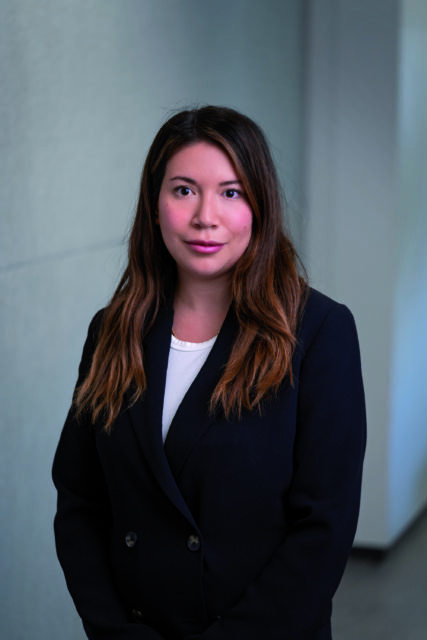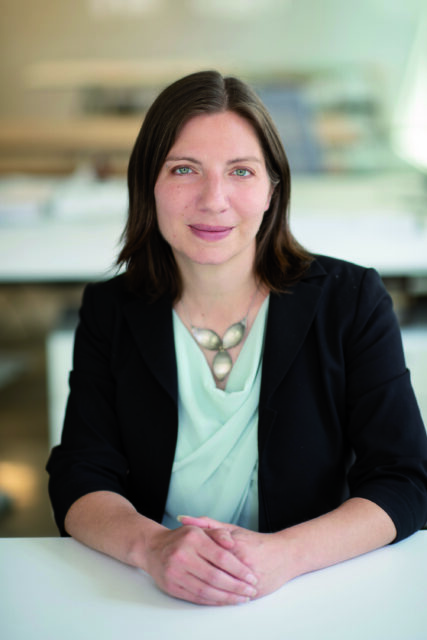Rony Shohet | Building Performance Analyst
Tell us about what you do on a day-to-day basis
As a building performance analyst, I spend my days evaluating the efficiency and environmental impact of the buildings we design from an energy and emissions perspective. I collect building information, such as how the building will be constructed and how people will use it, from multiple disciplines. Then, with specialized software and custom tools, I digitally replicate the building. By simulating this digital model across time, I can then evaluate the energy performance. I communicate these insights through energy modelling reports and presentations at multiple stages of a project to help guide the decision-making process of designers and stakeholders. I ensure people are comfortable with temperature in the buildings we design, calculate how much energy will be consumed, and how much greenhouse gas (GHG) emitted by all the equipment and processes in the building. Through this I can ensure the building complies with local building code requirements, including energy and emission targets.
How do you feel your role impacts the environment?
I became an energy modeler because of this role’s ability to directly reduce the building industry’s environmental impact. In my work, I am able to guide design decisions to lower the amount of energy used and GHG emitted. My training as a building scientist helps me optimize for sustainability, all while ensuring cost and ease of constructability is maintained. My recommendations may include: alternative envelope options, specifying high efficiency mechanical equipment, and integrating advanced building control systems. Without energy models we would never know the whole building’s energy use or greenhouse gas emissions until the building is built and operating. I help avoid environmentally costly choices by providing input early on in the design.
What is a DIALOG project or initiative you’re involved in that focuses on sustainability?
Because of my connection to the sustainability team at DIALOG, I am proud that most of my projects are focused on achieving some form of sustainability. My most recent work includes the UFV Student Housing project. This project aspired to achieve the highest Step for BC Step Code 4 and also targeted LEED v4 Gold. Since this project is using an Integrated Project Delivery approach, I was able to collaborate across many more disciplines, including building owners, facility and operations staff, contractors (and of course engineers and architects) to help reach these high sustainability targets. I contributed to the design with an early-stage energy model, where I was able to recommend improvements on the design of the envelope and mechanical systems to meet this project’s goals.






